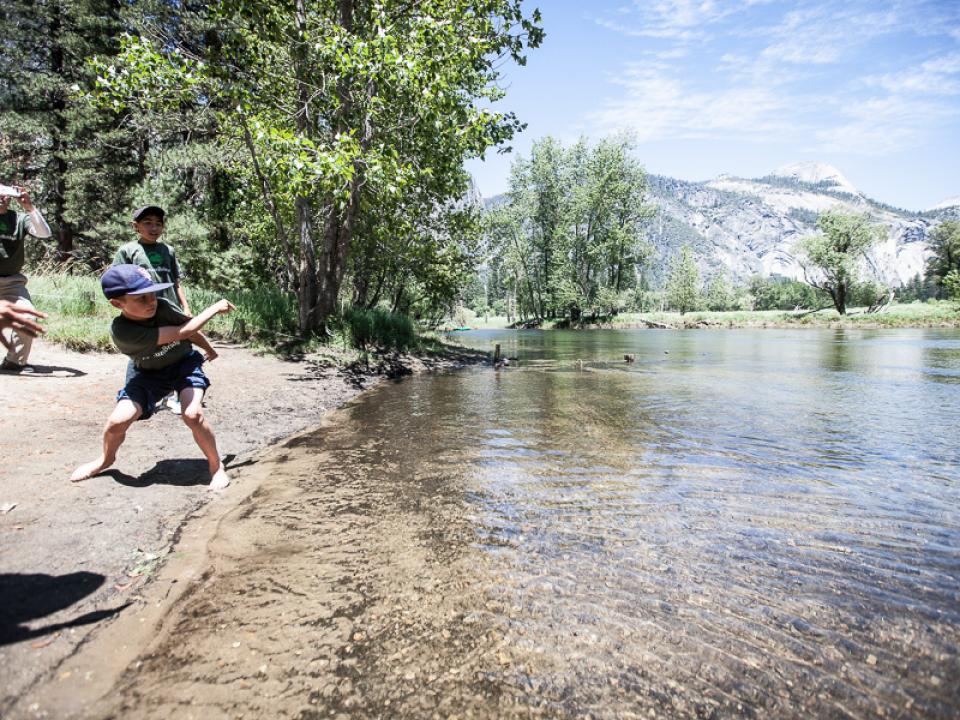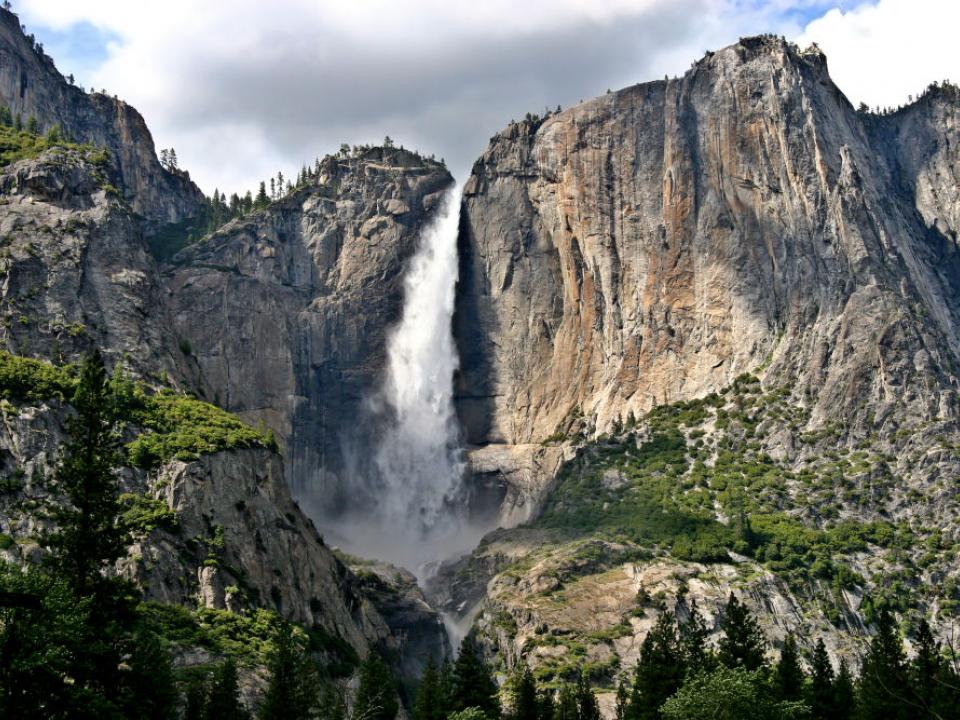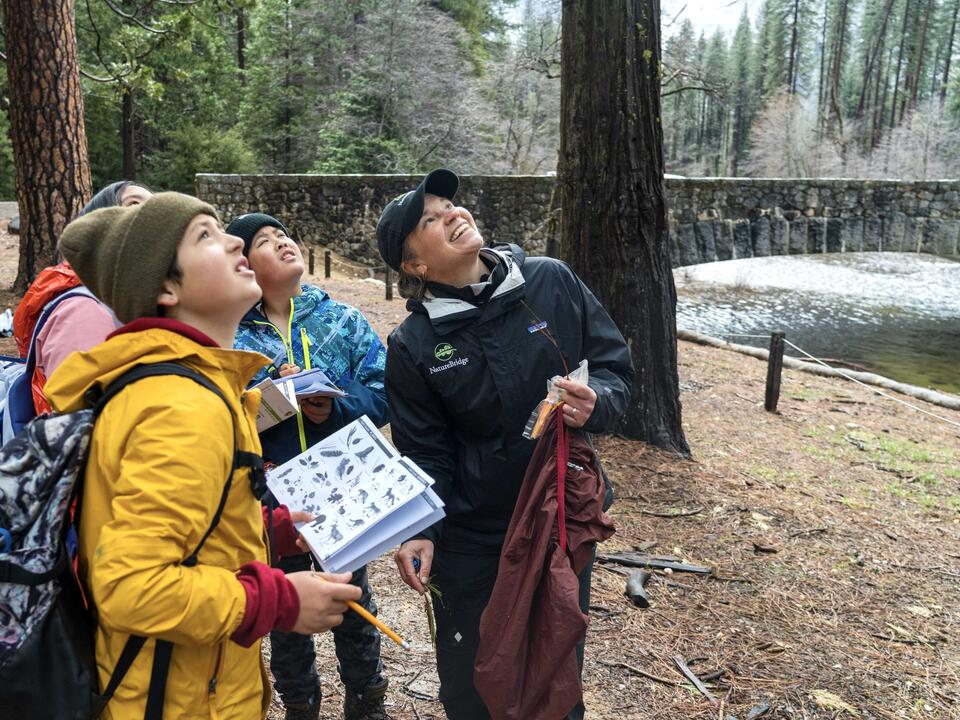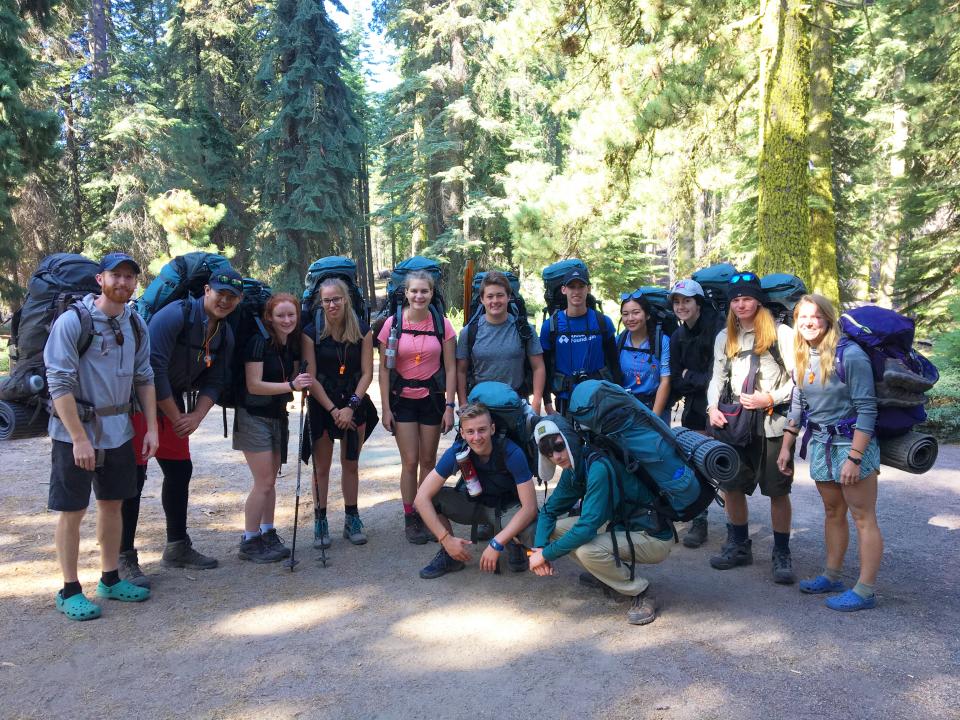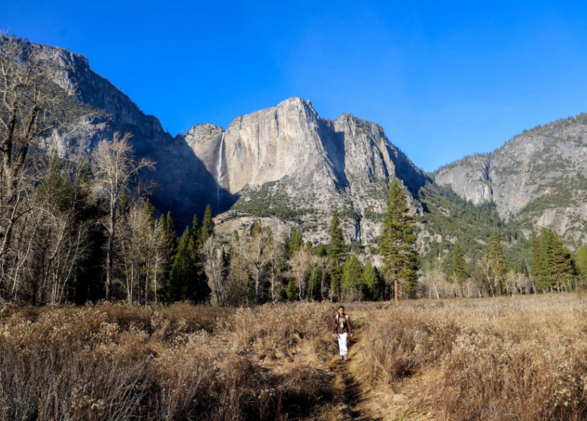50th Anniversary Sponsor Highlight: Yosemite Conservancy
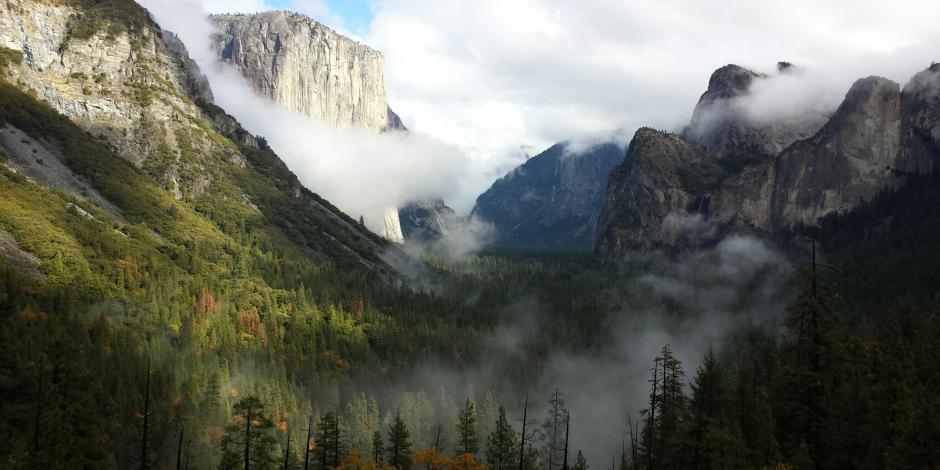
If you’ve been lucky enough to visit Yosemite National Park in the past few years, you might have seen the temporary closure of access to Bridalveil Fall as trail improvement and habitat restoration make the towering, misty waterfall more accessible and engaging to guests. Maybe you’ve hiked the 7.6-mile trail to the top of iconic Yosemite Falls or spotted a Sierra Nevada red fox or peregrine falcon. You may have been among the first to visit the gargantuan sequoias in the newly reopened Mariposa Grove.
“The restoration of Mariposa Grove was the biggest project we’ve ever done,” says Yosemite Conservancy President and CEO Frank Dean. “We pulled all the development out of the grove — pipelines, parking lots and so forth — that was a huge effort. That was a $20 million dollar campaign, which the National Park Service (NPS) matched because they’d had a gleam in their eye for almost 30 years to get it done.”
Yosemite National Park’s official philanthropic partner has been responsible for tens of millions of dollars of park improvements and programs over the years. From supporting wildlife management and cultural history to funding more than 60 NPS summer positions, the organization has played an integral role in maintaining and expanding the park’s beauty and mission. Yosemite Conservancy has been a generous supporter of NatureBridge for years and is one of our magnanimous 50th Anniversary sponsors. “NatureBridge and Yosemite Conservancy are in this together,” says Frank Dean. “We’re both official partners in this major national park, and we often talk offline about what’s going on in the park...it’s great to collaborate so it’s not just one of us that’s trying to navigate the federal bureaucracy.”
Frank knows better than most the inner workings of that federal bureaucracy (and says “bureaucracy” without the intensely negative connotation that sometimes accompanies the word). Before becoming President and CEO of Yosemite Conservancy, he served as the superintendent at Golden Gate National Recreation Area for six years. Prior to that, he served in a variety of roles at Saratoga National Historical Park and Point Reyes National Seashore, and was a park ranger in Sequoia and Grand Canyon National Park.
Frank’s career in the National Park Service also included a post in Yosemite; the start of his self-described “full-circle” journey in the park. He served as a park ranger in Yosemite for eight years, with a six-year stint as the park’s primary liaison with Yosemite Conservancy.
“The park has changed a lot since the late 80s,” he says. “When I was there at the time, there were only three people in the resource management division: a wildlife biologist, the chief, and the poor guy who had to stay up all night to work on bear stuff. Now there are more than 200 people in the division.”
Yosemite’s growth has led to a better park experience and to more professionally managed conservation efforts, but it is also one of the biggest challenges the Conservancy faces. From 2008 to 2019, the park’s visitorship increased by 29%, or 1 million visitors. On average, 75% of guests visit during the busiest six months of the year (May to October), creating a high potential for gridlock and congestion. Despite the total number of visitors in 2020 dropping significantly due to COVID-19 and the new reservation-only system designed to mitigate overcrowding during the pandemic, expectations are that the park will be busier than ever in the near future. This means projects and improvements that focus on accessibility, traffic patterns, pathways and services will need even more attention.
One of those accessibility projects that Yosemite Conservancy is taking up this summer is Spanish-speaking outreach, as many of the people turned away at Yosemite’s entry points this past year were Spanish speakers who’d never heard about the new reservation system.
“We’re working with a firm to get the word out on Univision, Spanish-speaking radio, social media and other places. There’s even a Spanish-language guide to getting around the Recreation.gov website,” says Frank.
As more people visit, the more focus must also be placed on the restoration of Yosemite’s natural resources, the conservation of its lands and protection of its wildlife. Without proper caretaking of its most treasured habitats and vistas, the park wouldn’t have any need for the improved infrastructure and traffic-easing. It’s a delicate balance, and one that can be difficult for fundraisers.
“Those well-known places...fundraising to restore them is easier; it’s something we can help with...the wastewater plant in El Portal, maybe not,” Frank laughs. “But we are putting in some restrooms in the new Bridalveil restoration [which will reopen late 2022], so when it’s packaged up with an iconic place’s restoration, we can do bathrooms, too.”
“Look at NatureBridge’s model back in the 70s: it was based on the fact that the park didn’t have enough naturalists and educators, and since then the model has been expanded and refined. It complements the Park Service so well.”Yosemite Conservancy President and CEO Frank Dean
“One of the big things we’re looking at is what we’re calling the Half Dome Corridor: the Mist Trail, Happy Isles, all the way up to the Half Dome cables,” says Frank. “We think it actually might be the busiest trail in the entire national park system.”
The Mist Trail includes stops at the Vernal Falls footbridge, the top of Nevada Falls, and portions of it are included in the famous 217-mile John Muir Trail. With varying levels of difficulty, length and accessibility, it appeals to everyone from seasoned backpackers to families with young children.
“There are some safety tweaks we’ll be doing...we’re also trying to create a more iconic sense of arrival there — this is an entry point to the John Muir Trail, this is Half Dome, this is the Mist Trail — you’re here.”
Beyond funding individual projects and programs, the Conservancy is asking bigger questions about their role and how it can continue making a tangible impact in the future.
“What does the park need in the 21st century? We’re exploring that in our strategic plan right now,” says Frank. “We can continue supplying them with these grants, but can we also step up in different ways? We’re a junior partner, but we know we can do more things for them.”
It’s yet another similarity between NatureBridge and Yosemite Conservancy.
“Look at NatureBridge’s model back in the 70s: it was based on the fact that the park didn’t have enough naturalists and educators, and since then the model has been expanded and refined. It complements the Park Service so well.”
As NatureBridge celebrates its 50th anniversary in 2021, we eagerly await Yosemite Conservancy’s 100th just a few years down the road, and we look forward to seeing the expansion and refinement of its already-laudable efforts and mission. We’re deeply grateful for its continued support and generous 50th anniversary sponsorship.
To find out more about the work Yosemite Conservancy is doing in California’s most popular national park, visit their website here.
